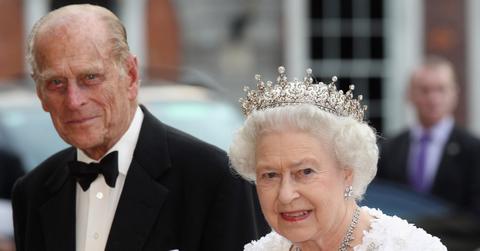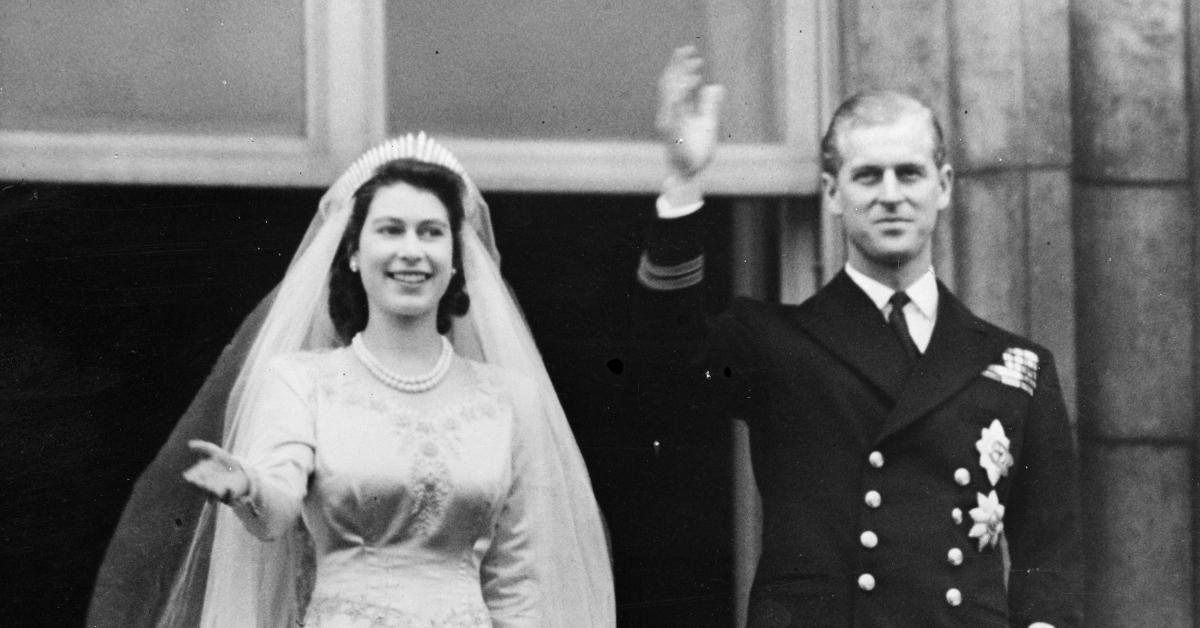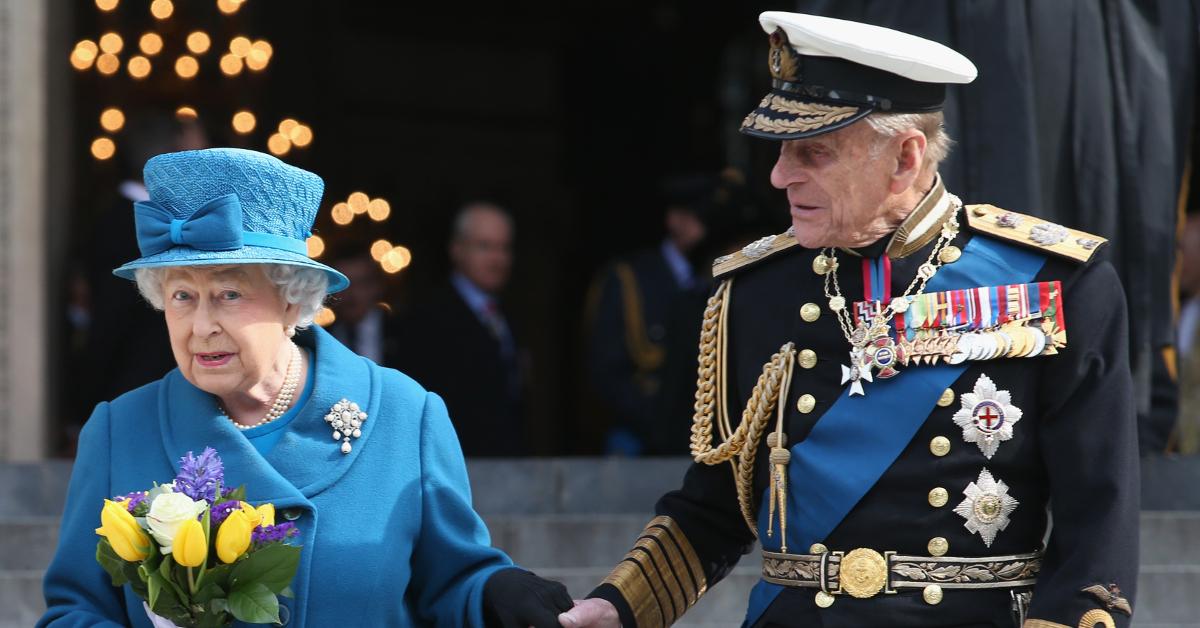Inbreeding May Have Been a Practice of Old Royal Families but That Isn't the Case Today
Updated April 9 2021, 12:22 p.m. ET

It's a known fact that royal families are pretty inbred, but is that the case with the modern British royal family?
From a scientific perspective, there's a coefficient of separation or a coefficient of inbreeding that determines whether or not two mates have a higher chance of producing offspring without deleterious health issues. The higher the C.O.I., the worse chance there is that a baby will be born with certain defects. Any C.O.I. that's five percent or less will more than likely result in healthier offspring.
A C.O.I. that's between five and 10 percent is considered potentially dangerous in terms of effects on offspring, and anything higher than 10 percent will not only spell out problems for the children, but for the family's lineage as well.
For example, in dogs, "Mating of first cousins produces a C.O.I. of 6.25 percent; in many societies this is considered incest and is forbidden by law. Mating of half-siblings produces a C.O.I. of 12.5 percent; mating of full siblings produces a COI of 25 percent."
Now, back to the royal family. Does inbreeding still take place?

Queen Elizabeth and Prince Philip were actually third cousins.
Queen Elizabeth and Prince Philip, who were married for over 70 years, were actually third cousins. Here's how that works.
They're both related to Queen Victoria, who had nine kids: four sons and five daughters. Her oldest son, Edward, took to the throne in 1901 after her death. Nine years later, his younger brother, George, became King in 1910 — that's Elizabeth's grandfather.
His son, George VI, became king in 1936 and reigned for 16 years until 1952. His daughter, Elizabeth II became Queen and she has been the longest-ruling British monarch of all time since October of 2016 (and is still going strong).

So Elizabeth is related to Victoria in that she's Vic's great-great-granddaughter. Philip is related to Victoria on his mom's side: Victoria's second daughter, Princess Alice, was born in 1843. She married Ludwig IV (Grand Duke of Hesse) and had seven kids. Her first child, Victoria, married Prince Louis of Battenburg in 1884 (with whom she was cousins) and they had their first child: Alice.
Alice is Philip's mother. She married Prince Andrew of Greece and Denmark in 1903. Philip was the youngest of her children and he was born in 1921. This makes Elizabeth and Philip third cousins.

While the practice of marrying not-so-distant relatives was once prevalent, that is no longer the case.
Twitter's full of memes and commentary about Queen Elizabeth II and Philip being related, along with tidbits about other royal families breeding within the same gene pool (like the Spanish Habsburgs, who eventually died out from their incestuous relationships). But it's a practice that seems to have ended with the third-cousin marriage between Queen Elizabeth and Philip.